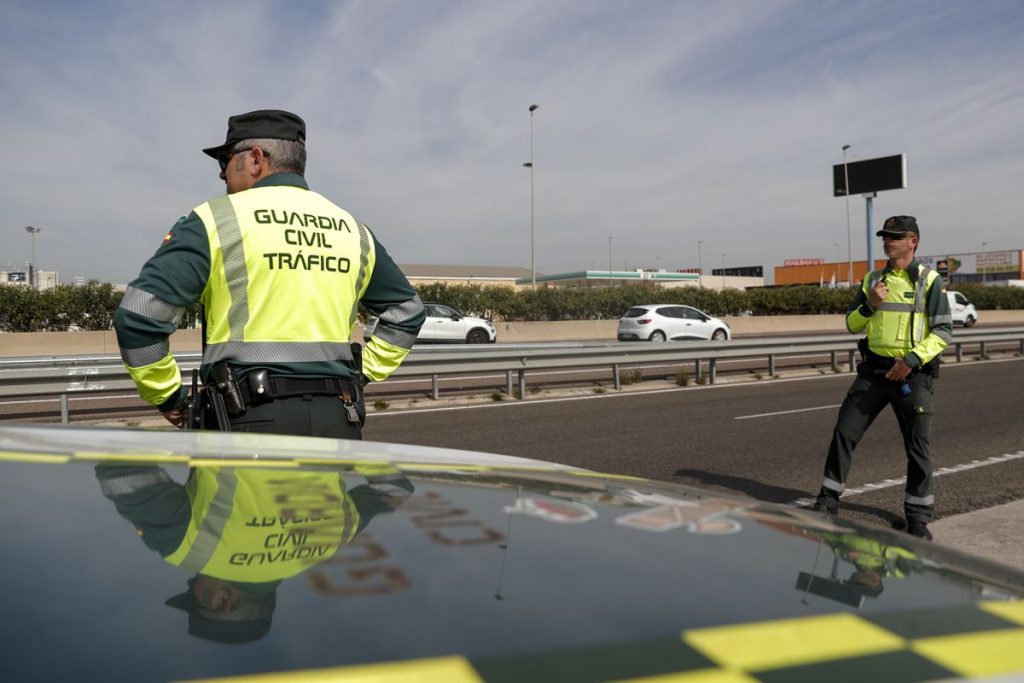Traffic has announced that it will install 88 new radars on Spanish roads this year, 60% of which will be stretch radars. Most of the new speed control devices will be placed on conventional roads, where 7 out of 10 fatal accidents occur. The exact locations are still unknown, according to sources from the Directorate General of Traffic. This increase was made public coinciding with a speed control campaign that will last a week and is part of a European initiative promoted by the traffic police association RoadPol. The campaign will take place between Monday, April 15th and Sunday, April 21st, and will involve officers from the Traffic Division of the Civil Guard and local police officers who are part of this initiative.
The increase in radars on Spanish roads represents a 6.7% growth in the devices managed by the Directorate General of Traffic (DGT), which is part of the Ministry of the Interior. Currently, there are 711 fixed speed control points, 76 stretch radars, and 525 mobile radars. Traffic competencies are transferred in Catalonia, the Basque Country, and Navarre, where they began managing the roads last July, and there will be a period – less than five years – during which the Foral Police and Civil Guard will continue to jointly carry out traffic control duties on the roads.
The speed control checks carried out during this week will be announced through variable message panels or vertical signs, as it is a preventive campaign. The goal is to reduce not only road accidents due to speeding but also the injuries that occur in these types of accidents. Inappropriate speed is the third most common factor in traffic accidents, especially those with fatalities. Last year, there were 211 accidents with deaths in which this factor was present. “Compliance with legal speed limits is not only a legal obligation but also a moral responsibility,” emphasized José Ruiz Boada, the Deputy Director General of Mobility and Technology Management at the DGT.
Speeding on conventional roads is an area where Spain needs to improve, according to the results of the Baseline Project, a road safety program involving 18 countries aimed at tracking safety progress. Compliance with speed limits on conventional roads is 43%, a low level similar to that of Belgium. However, on highways and urban roads, it is above most European countries. In urban roads with a 50 kilometers per hour limit, compliance with speed by cars is 65%, the third highest value among the 13 countries with which we share a boundary. In streets with a 30 kilometers per hour limit, compliance is 32%, the highest value among the three countries for which data is available.
From July 6th, all new registered vehicles must have a series of advanced safety features, including Advanced Driver Assistance Systems (ADAS), which include the Intelligent Speed Assistant (ISA). This system displays the speed limit of the road being traveled and a sign recognition system that detects temporary speed limits and helps the driver to know and respect speed limits.















